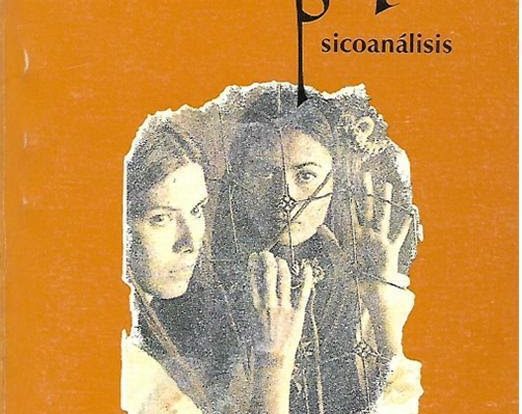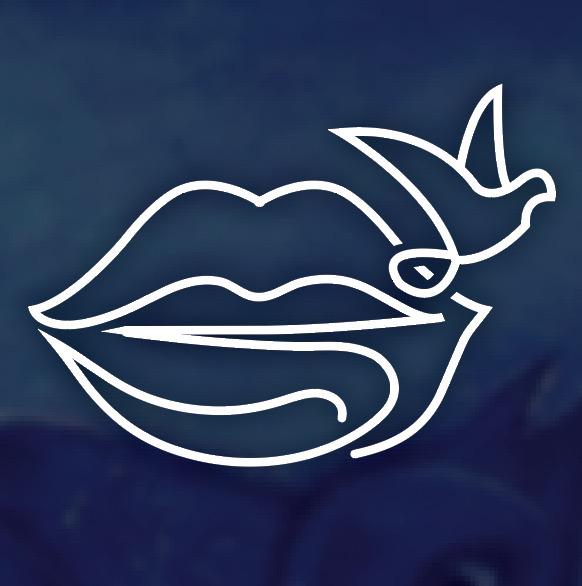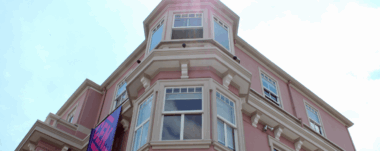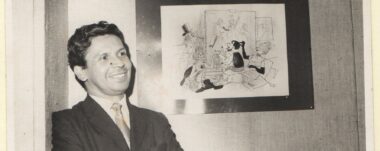Psychoanalysis in Costa Rica

If fifty years ago someone would have asked if psychoanalysis existed in Costa Rica, the answer would have been that it was not unknown in the arts, literature and philosophy. It was not a practice but a cultural avant-garde of which there is even a record since 1911, in an article in English in a newspaper that circulated in our Afro-Caribbean coast.
To this day, there is no history of psychoanalysis that would give an account, with archives, of all those traces that coexist with the present and in the journey of each one of us. However, it is possible to follow its traces in the Social Sciences and specifically in academic psychology, in 1976, with the Argentine exile, which for ten years laid the foundations of a Dynamic Psychology, which still persist.
The decade of 1986-1996
As a practice, a doctrine and a movement, the decade of 1986-1996 has the particularity of opening three entries that found the diversity of psychoanalysis from its beginnings. In the same year, critical hermeneutic theory converged with the invitation to Dr. Alfred Lorenzer, German psychoanalyst and psychoanalyst, made by Henning Jensen; ethnopsychoanalysis, with a strong emphasis on psychodrama, introduced by the Swiss psychoanalyst Ursula Hauser, and the psychoanalytic clinic: from Freud to Lacan, with the invitation of the Clínica de Psicología Dinámica to Néstor Braunstein, Argentine psychoanalyst, exiled in Mexico, coordinated by Ginnette Barrantes and Lilliam Garro. Fortunately, there are written documents that record these three milestones.
At that time there were still no psychoanalytic institutions, except for the Clínica de Psicología Dinámica (1980-1993), considered an antecedent of the Grupo de Formación Psicoanalítica, which in 1999 invited Frida Saal, an Argentine psychoanalyst exiled in Mexico, in May 1989 it became the Costa Rican Association for the Research and Study of Psychoanalysis (ACIEP), where the Argentine psychoanalysts Mario and Judith Schumacher, who had recently migrated to Costa Rica, were invited, known as “the second Argentine migration”.
That’s how, dynamic psychology introduced the critical reading of a school of Rio de la Plata authors imbued with a great Freudian-Marxist social critique, antecedent of a very active Freudolacanism that counted on the Argentinean diaspora installed in psychoanalysis in Mexico. Perhaps this intense period of Lacanization, which was characterized by the displacement of some analysts to Mexico to start or restart their analysis, necessarily brought them into contact with other psychoanalytic views that were no longer only the explanation of a psychoanalytic psychopathology, pure and simple, which was enthroned through hours and hours of explanations by a cryptic Lacan (Lacanese) for initiates.
” (…) receiving the transmission from a pupil of Lacan’s placed us in the magic circle of his teachings, which had been received actively but never linked to that genealogy of transmission (…)”
French schools
In 1996, a new period began, in which contact was established with the French schools and with those who had had the opportunity to become Lacanian, since they had received his transmission via analysis and through the Freudian School of Paris, founded by Jacques Lacan (1901-1981) and dissolved shortly before his death.
In 1992, in Mexico, Ginnette Barrantes met Helí Morales, who had been trained in Paris VIII and at the École de Hautes Études, and invited him to the seminar “Psychoanalysis, a knowledge with consequences”, at ACIEP. The photo shows the moment of delivery of the book in which the seminar was transcribed. His transmission was recognized and valued, in such a way that it set a precedent. Two years later, it was Heli Morales who invited Rafael Perez, an Argentine psychoanalyst who had come from Rosario to Paris in 1989, where he met Jean-Jacques Gorog, a Millerian psychoanalyst, Juan David Nasio, a psychoanalyst from Rosario argentina, founder of Séminaires Psychanalytiques, in Paris, and also with Jean Allouch, member of the École Lacanienne de Psychanalyse.
Again, the three proposals are a challenge, for the first was equivalent to surrendering the autonomy of ACIEP’s foundation for a very juicy dependence on an internationalization of psychoanalysis. The second summoned the power of mass psychoanalysis and asked for a mass audience for its transmission. The third, the most difficult, was chosen. As expected, the board of directors of the association at that time dismissed all three options, but But Rafael Perez had been disturbed by Jean Allouch’s ironic question, when he explained to him that our association was independent, and he replied: “Independent from what?”
“To this day, there is no history of psychoanalysis that gives an account, with archives, of all these traces that coexist with the present and in the journey of each one of us”.
Search for independence
This “independence” was so pronounced that some psychoanalysts would place, without discretion, “independent psychoanalyst” on their business cards. When the petition was rejected by the board of directors, that same year, Rafael Perez turned to Ginnette Barrantes, who edited the first psychoanalytic journal: In$cribirel psicoanálisis(In$cribingPsychoanalysis), whose $ symbol was not that of the dollar but of the Lacanian signifier. Barrantes approached the French Embassy, the Ministry of Culture, the Colegio de Costa Rica, directed by María Bonilla, and the Cultural Institute of Mexico, and thanks to the confluence of several institutions it was finally possible to hold Jean Allouch’s first seminar in Costa Rica, “The Impossible Object of Desire”, and the multitudinous conference, “Teach me to leave my madness behind”.
We could point out this as the fourth decade of Lacanian psychoanalysis, since its difficulties and consequences were many. The first one is that contact with France, whose glamour of Frenchness was noted in the misleading poster that changes the École Lacanienne de Psychanalyse for the Lacanian School of Paris. This substitution places the emphasis on Paris, and not on psychoanalysis, as would indeed happen later. Likewise, receiving the transmission from a pupil of Lacan’s placed us in the magic circle of his teachings, which had been actively received but never linked to this genealogy of transmission. Finally, the most painful impact was the bankruptcy (not economic) of the Costa Rican Association for Psychoanalytic Research, when, in 1997 and 1998, some of the founding members had to leave their place. The photo shows a moment of this visit of Jean Allouch with the Minister of Culture Arnoldo Mora, María Bonilla Director of the Colegio de Costa Rica and the director of the Cultural Center of Mexico.
The digital era
Encouraged by social networks, the digital era and immersion in virtual reality, as of 2016, it is possible to observe a very diverse panorama of groups, associations, communities, institutions and an école lacanienne de psychanalyse, with five members residing in Costa Rica. It seems that the slogan of “independent” continues to operate in the link to psychoanalysis in Costa Rica. We do not know yet if academic training is privileged to the detriment of self-analysis and psychoanalytic practice; what is certain is that in these diverse links to psychoanalysis a written production can already be seen in various journals such as the journal Página Literal and the psychoanalytic notebooks Claroscuro that were part of this journey. This diversity coexists in a VivEros typical of a country whose vernacular garden consists of a multiplicity where each one puts his own twig, as opposed to the rational order of the French garden. Perhaps the pandemic collaborated so that in these virtual and viral screens all the little screens that make visible these differences of inscription, some new and others not so new, but which are recycled as innovative, as required by the new airs of time.
TO REMEMBER
- Psychoanalysis in Costa Rica was introduced into academic psychology by Argentine exiles.
- Other institutions and French schools were later established.
Ginnette Barrantes-Sáenz
Psychoanalyst
Member of the École Lacanienne de Psychanalyse

Navigate articles





